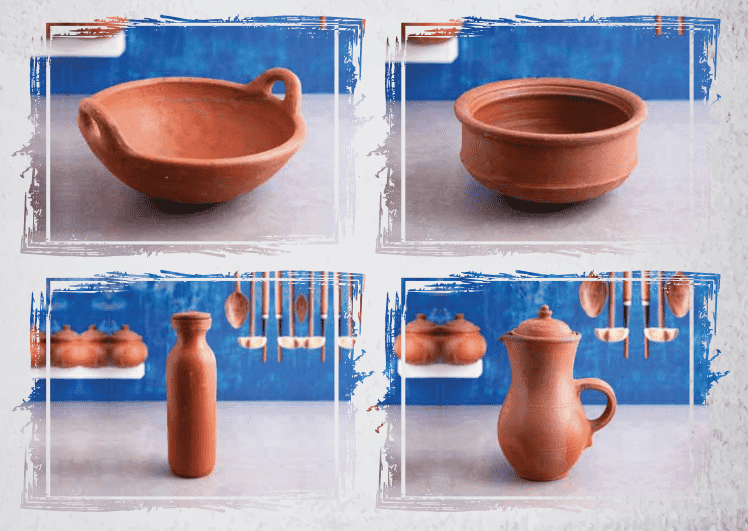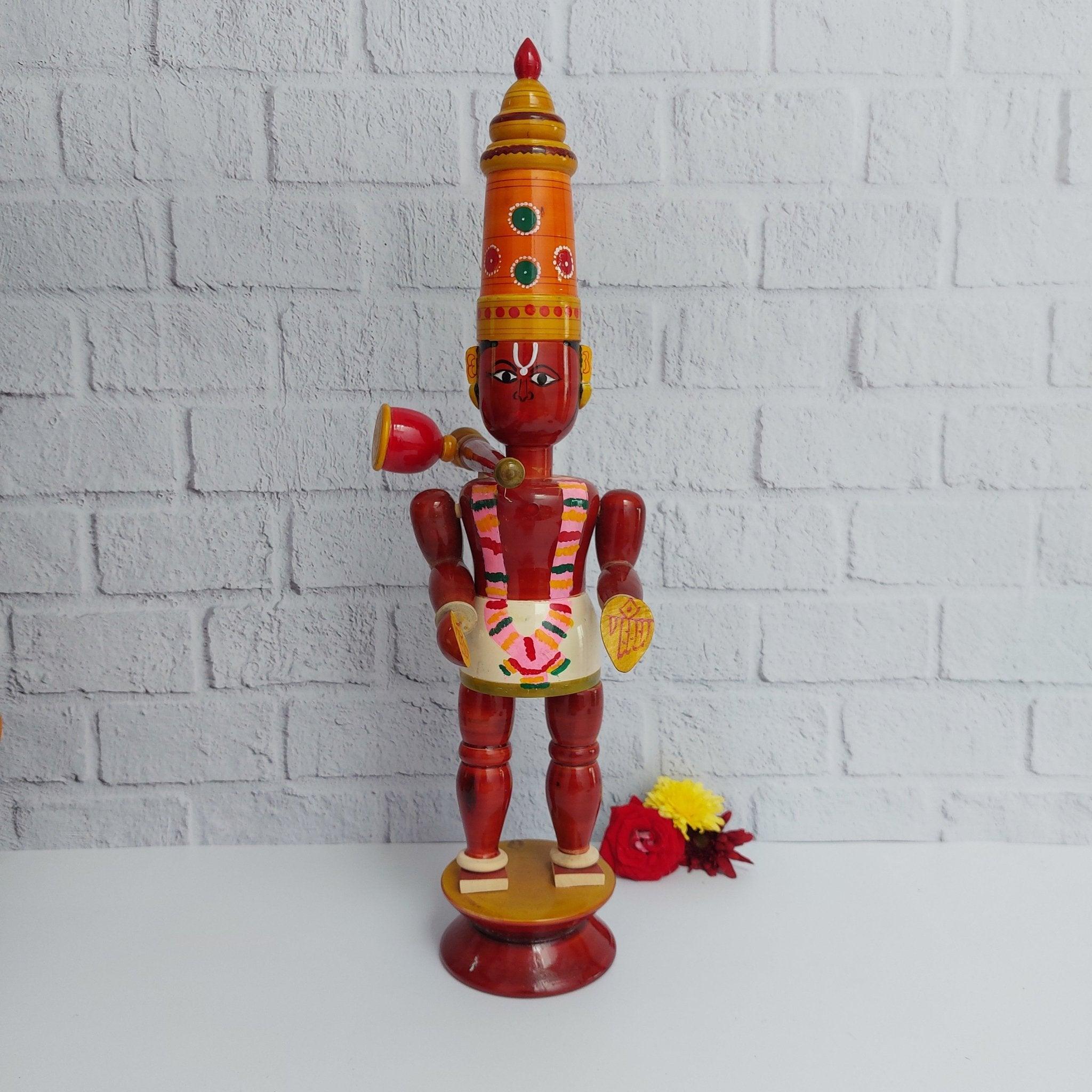Sengottai Dosa Tawa
Congrats on your journey to imbibe traditional wisdom to your home. Zishta is glad to be a part of this journey and support you with authentic traditional knowledge gathered through our journeys, discussions with artisans, local communities and scientific information
Zishta in collaboration with artisans of Tamilnadu bring to you most authentic and traditional Sengottai dosa kallu that are everlasting. These are made using the most traditional technique honed over centuries by our artisans.
The unique craft of Sengottai dosai kallu (dosa tawa)
Sengottai, a village at the border of Tamilnadu & Kerala is known for its greenery & pleasant weather throughout the year.
It is also famous for its age old craft: Sengottai dosai kallu (Dosa tawa). The craft of making dosa tawa in Sengottai is at least 300 years old & popular for their unique way of making high quality (popularly known as railway grade iron) hand-made dosa tawas.
What is unique about Sengottai dosa tawa and how is it made?
The process in itself is very unique for making the tawas. The craft of making Sengottai dosa tawa could be traced back upto 7 generations. It is so far the only known place to use railway grade iron which is also called as first grade iron. Also, the entire process till date is manual.
- After Iron sheets are cut into circular shape, they are heated for an hour to red hot using hay & charcoal. Once removed, it is beaten with hammer by 4 people for an hour. The process ends with treatment using hay & gingely oil.
Benefits of using Sengottai tawa
- Both, the community making tawa & many who have been using it for generations, vouch by the crispiness of the dosa & the awesome taste of it.
- The tawa is a bit heavier in the centre versus the sides, designed to make the perfect evenly crispy dosa.
- It retains heat longer & a dosa can be made after switching off the stove.
- Iron intake is higher due to the special making process.
Tips shared by the community
- Fry a little amount of small onion with oil on the tawa to get the best, crispiest dosas!
- If one does not use onion, no issues. Pour a spoon of oil, take little rock salt and rub it all over.
- The above process to be done : (1) If you make chapatis or rotis in it (2) If you scrub and wash the tawa well. This is to ensure dosa doesn’t get stuck.
Should we season Sengottai tawa before first use?
There is no seasoning required. Before first use, wash it well, wipe it dry, apply oil and leave it. Fry a little amount of small onion with oil on the tawa to ensure dosa does not get stuck.
How to maintain a Sengottai Dosa Tawa?
- Store it without washing for a few uses or wash with plain water after use.
- Use any dish washing liquid or soap to clean it whenever needed. Every time it is scrubbed and washed well, apply a layer of cooking oil before storing. Else, fry a little amount of small onion with oil on the tawa before using it to ensure dosa does not get stuck
- Property of any Iron is to rust. Apply a coating of cooking oil and store it. Over a period of usage, it would stop rusting.
- Do not soak the tawa in water. Wash and wipe it dry immediately to avoid rusting.
- It is not recommended to use dishwasher as it may remove the seasoning and rust the tawa.
Some frequently asked questions
What are beaten marks in the tawa? The tawa is not smooth, why?
That is the traditional way of making the tawa. It is hand beaten by hammer by 4 people for over an hour. This beaten mark is the trade mark of this special Sengottai tawa.
Why is the tawa oily? What is that oily substance? Is it a chemical?
Applying gingely oil is important to season them as well to avoid rusting. A good layer of oil is applied before shipping the product to avoid rust formation. Wash well and the oil will go away.
It is not chemical coating.
Does iron rust?
Yes, rusting is a natural property of Iron. To avoid rusting, apply a layer of cooking oil and store. It stops rusting over a period of continuous usage.
How to remove rust?
Apply oil on the inside of the vessel. Keep in on stove till it is hot. Switch off and wash it. Surface rusting would be removed in this process.
What is the difference between Pure Iron dosa tawa and Sengottai tawa.
The Iron used for making is the same railway grade iron. The difference is in the length of the process of making them.
The sengottai tawa is heated red hot in charcoal for an hour, beaten for around an hour by 4 people, then scrubbed with gingely oil and hay for around 2 hours. It would have the hand beaten marks.
The same process of heating, beating and seasoning is done for pure iron tawa, but is done for 10 mins each.
Related Videos:
Making of Traditional Sengottai Dosa Iron Tawa from Zishta
For more details visit:
Subscribe/Follow us on
![]() +91 6360966871
+91 6360966871
No.1676, Sarakki 2nd phase extension,17th Main, 2nd phase, J P Nagar, Bangalore-560078.




1 comment
Sudha Seshadri
Need a premium Sengotta Dosa Tawa Rust Free
Leave a comment
All comments are moderated before being published.
This site is protected by hCaptcha and the hCaptcha Privacy Policy and Terms of Service apply.